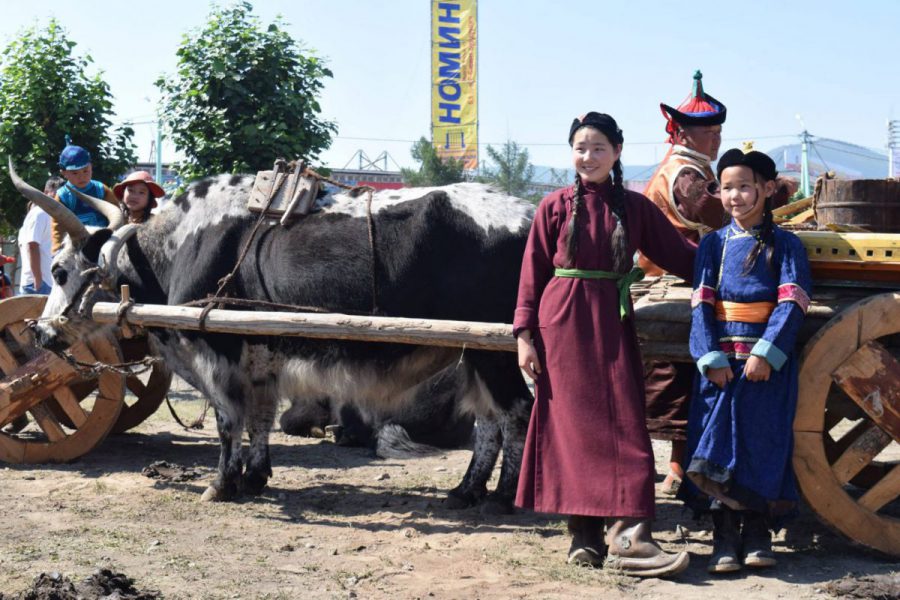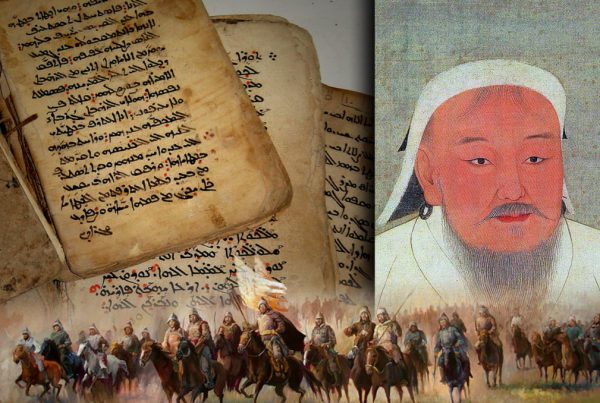
Culture of Mongolia
Enjoy the moment and read about culture of Mongolia!
Mongolia Culture
The Culture of Mongolia has been heavily influenced by the Mongol nomadic way of life. The nomadic way of lifestyle is still practiced today in the rural areas of the country. Nomads follow a seasonal routine raising and breeding the five main types of stock – goat, sheep, cattle (including yaks), camel and horse, migrating from place to place following the most favorable pastures and campsites. Other important influences are from Tibet and Tibetan Buddhism, and from China. Since the 20th century, Russian and, via Russia, European cultures have had a strong effect on Mongolia.
Language
The Mongolian language is the official language of Mongolia. It belongs to the Ural-Altaic language family, which includes Kazakh, Turkish, Korean and Finnish. Today more than 10 million people speak Mongolian. They live in Mongolia, Buriat republic of Russian federation, Inner Mongolia in China, Shingjan and Gansu regions of China, Tibet and even a few number of people living in the State of New Jersey in the USA . In Mongolia, the Khalkha dialect, written in Cyrillic, is predominant. The classical Mongolian script, also known as Uyghurjin, was the first writing system created specifically for the Mongolian language, and was the most successful until the introduction of Cyrillic in 1946. Mongolia culture.
Religion
Shamanism – Shamanism goes back in Mongolian history long before Chinggis Khan’s time, but it was Chinggis Khan that made it into such a fundamental part of the Mongolian tradition. At that time the Mongolians were worshiped “Hoh Tenger” (blue skies). According to this belief the skies are the father, and the earth is the mother of all beings in the universe. As a civilization totally dependent on the forces of nature, the Mongolians worshipped the various elements of nature, praying to their ancestors who have transformed into mythical spiritual animals to provide them with good weather, health and success. Though oppressed during communist time, Shamanism is still practiced in Mongolia, and people who seek help will approach a Shaman for a blessing or cure and even to get hints about their future.
Buddhism– Mongolians have followed Buddhism since the 16th century, when the Mongolian king, Altan Khan, was converted by Tibetan lamas. Mongolians follow Tibetan Buddhist teachings, (also called Lamaism), the body of religious Buddhist doctrine and institutions characteristic of Tibet and the Himalayan region. Today, Mongolia still embraces its Buddhist heritage. Monasteries are being restored, and are once again crowded with worshippers. The Dalai Lama is an enormously popular figure and has visited the country several times. For many Mongolians, the practice of Buddhism is flavored with traces of Shamanism, an even more ancient spirituality.
Other Religions– Mongolia also has a small Muslim community — about 6 per cent of the population. These are mostly ethnic Kazakhs living in the far west of the country.
Arts
The unique traditional singing style is known as or long Urtiin duu or long songs. It is one of the most ancient genres of Mongolian musical art, a professional classical art of the 13th century. Urtiin duu involves extraordinarily complicated, drawn-out vocal sounds. It has philosophical style, evocative of vast, wide spaces and it demands great skill and talent from the singers in their breathing abilities and guttural singing techniques.
Morin Khuur
Another popular form of art in Mongolia is the playing of the Morin Khuur, the Horse Headed Fiddle. It is used in Khoomii singing and in other forms of traditional music. The origins of the Morin Khuur lie with the Chinese two-stringed fiddle. With its typical horse-head carving crowning the instrument, it plays a major part in all classic Mongolian forms of music. To this day people of all ages play it. Thank you for reading about Mongolia culture.



